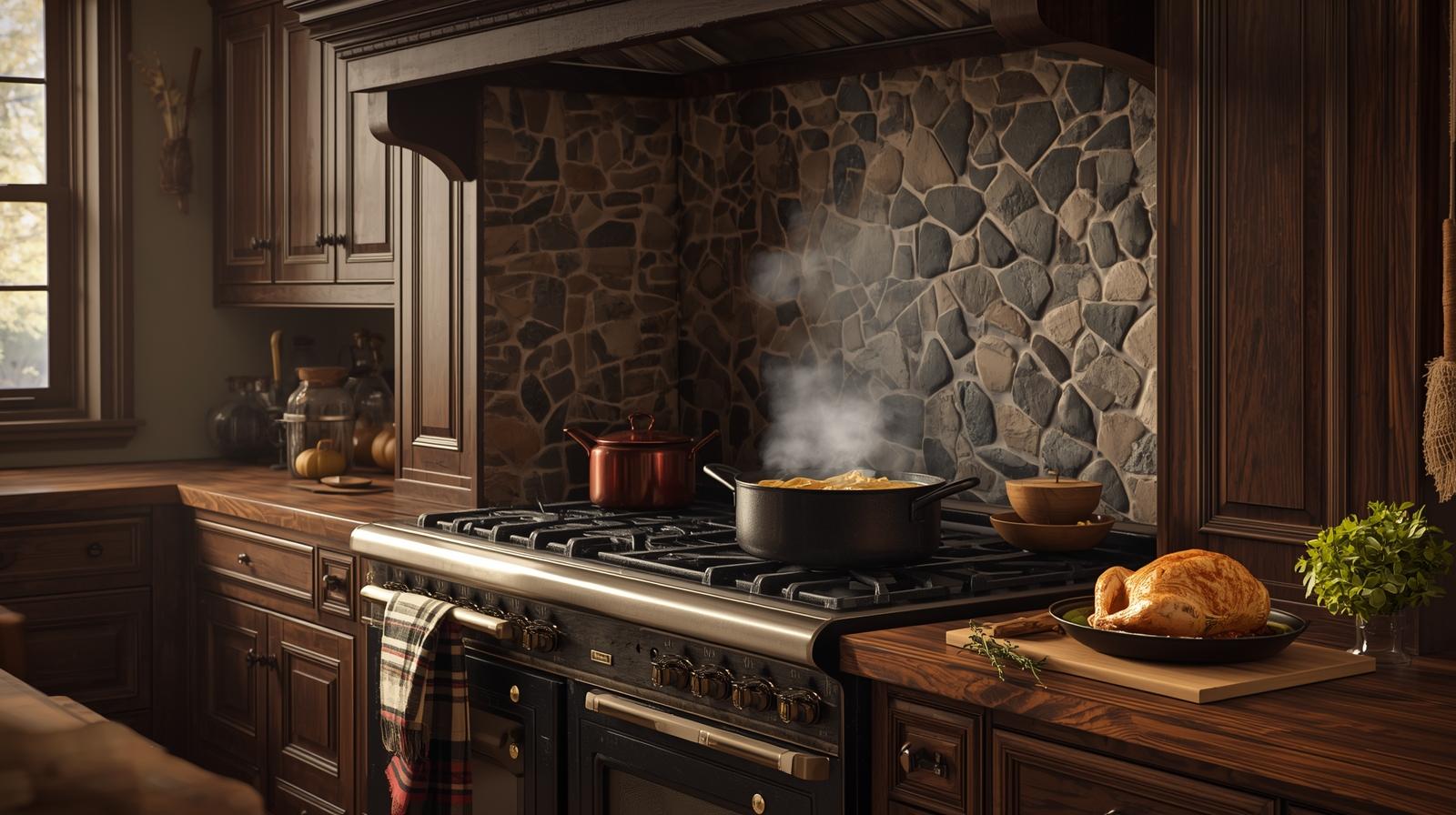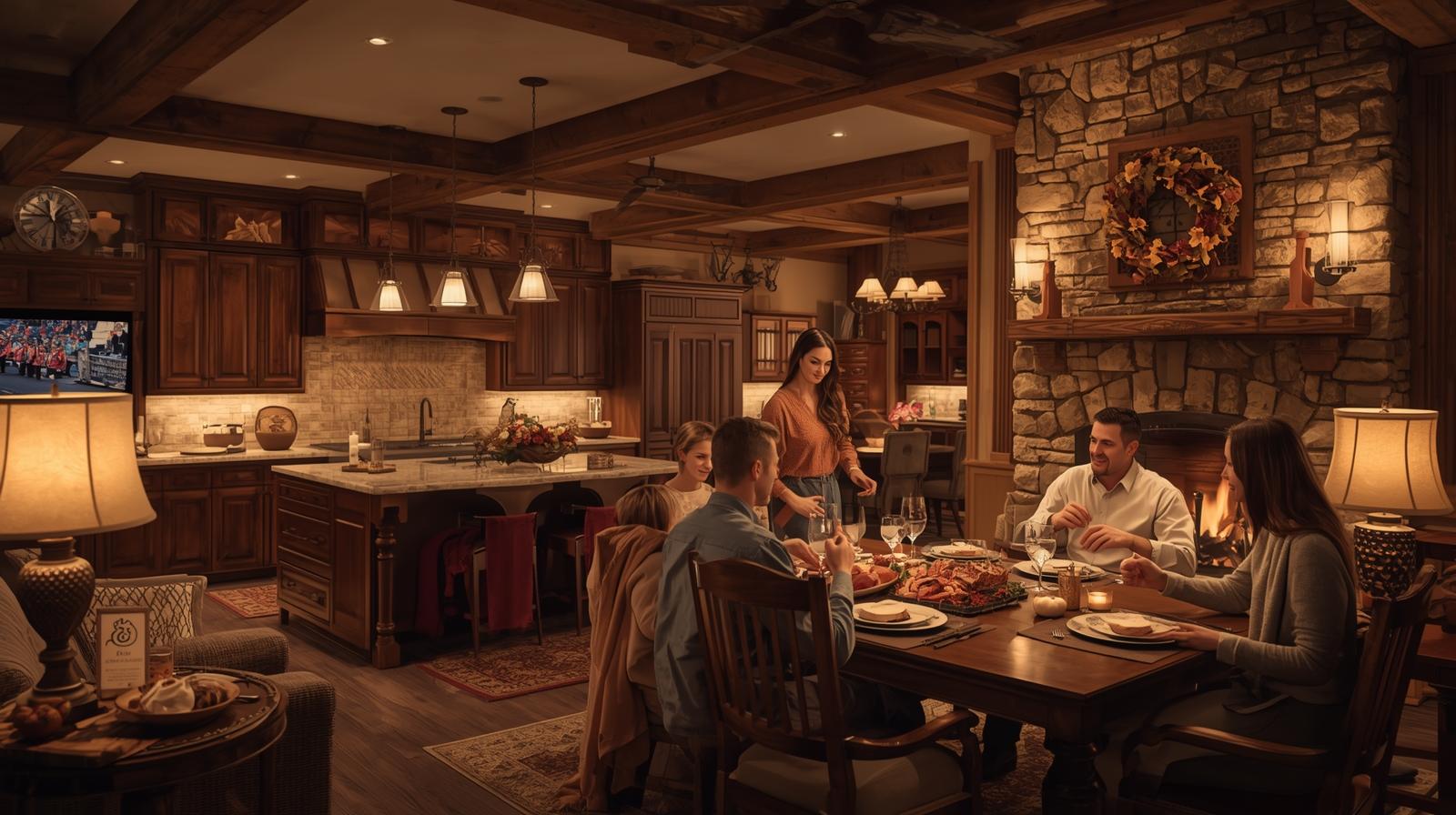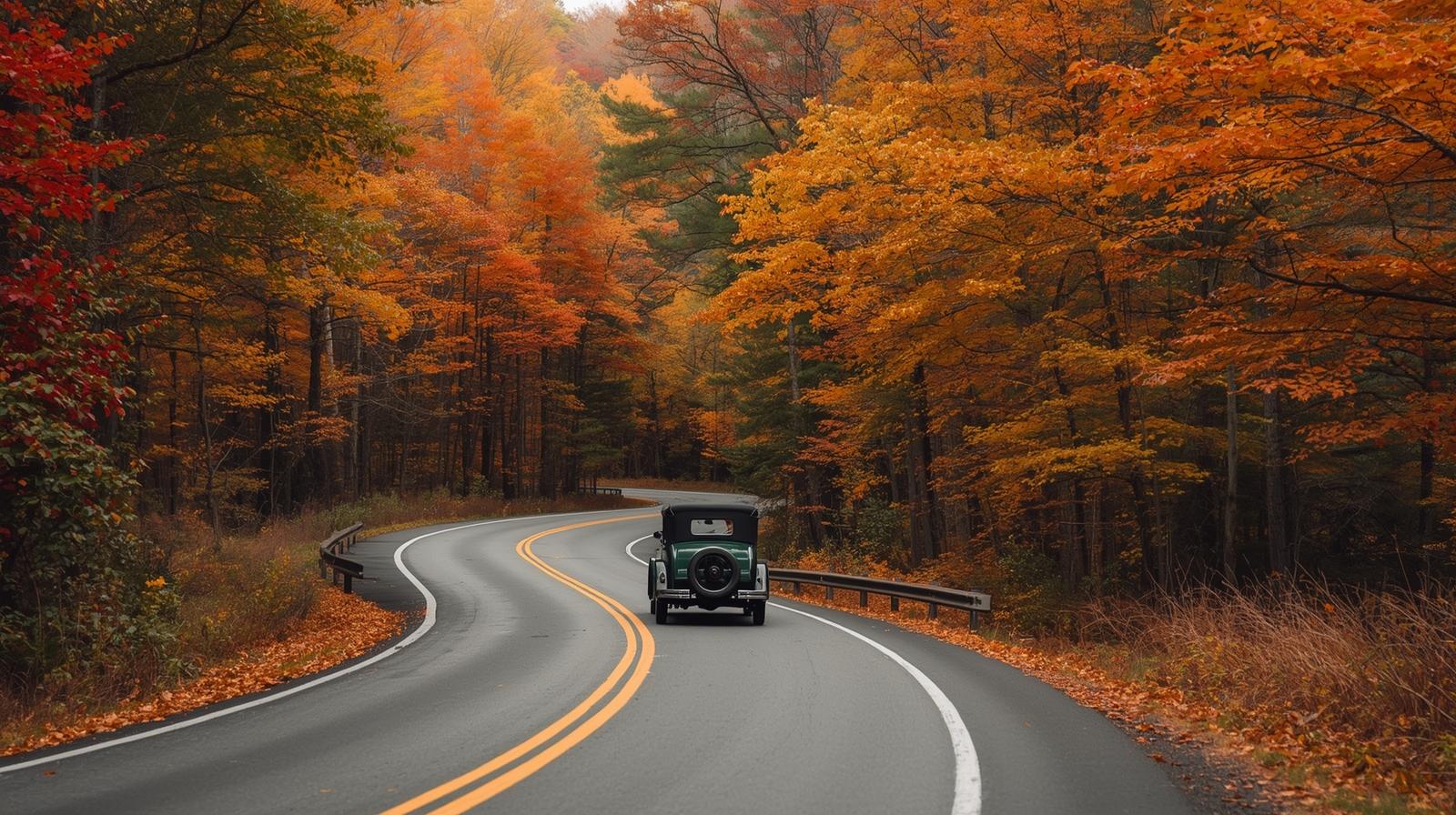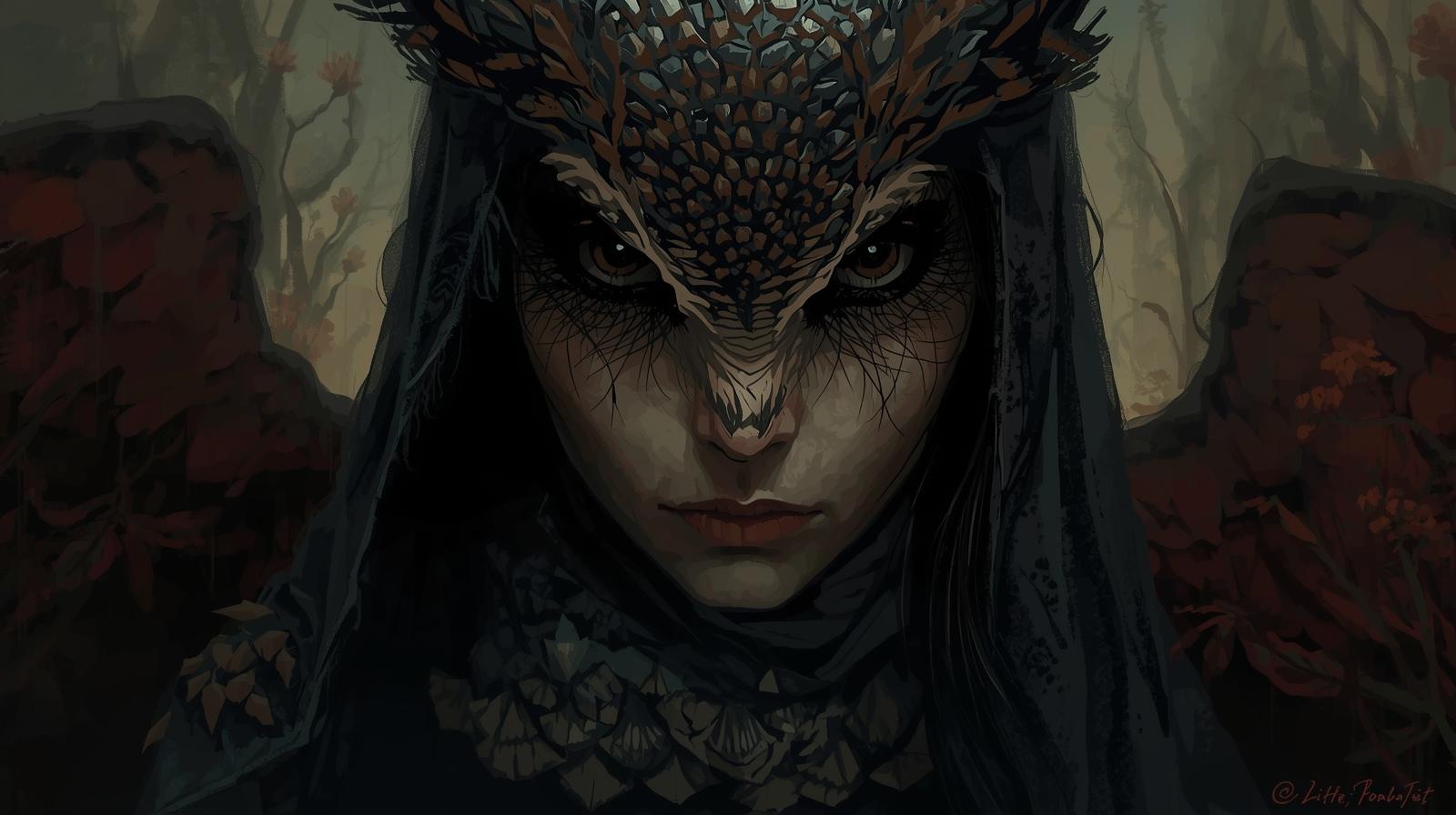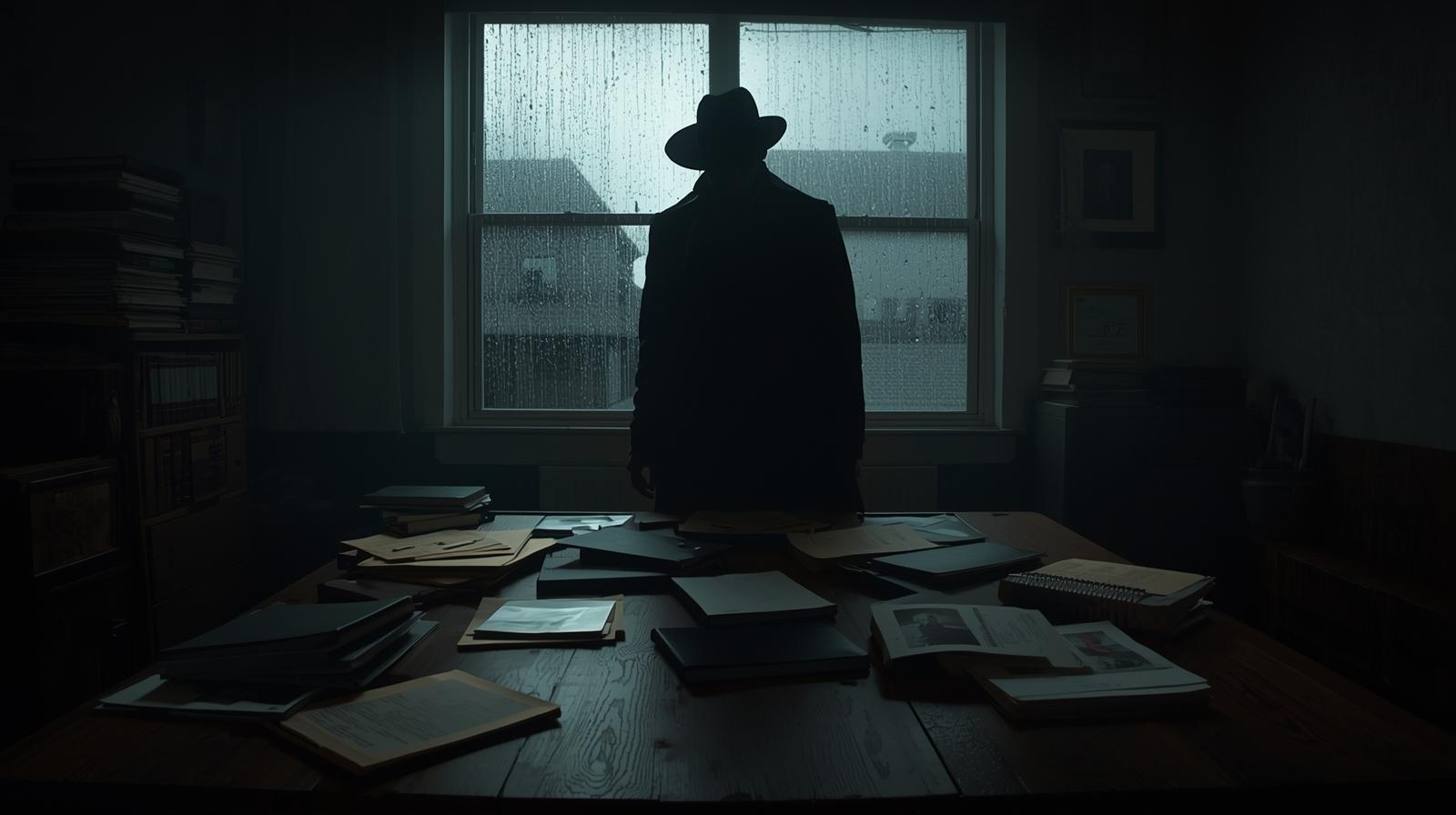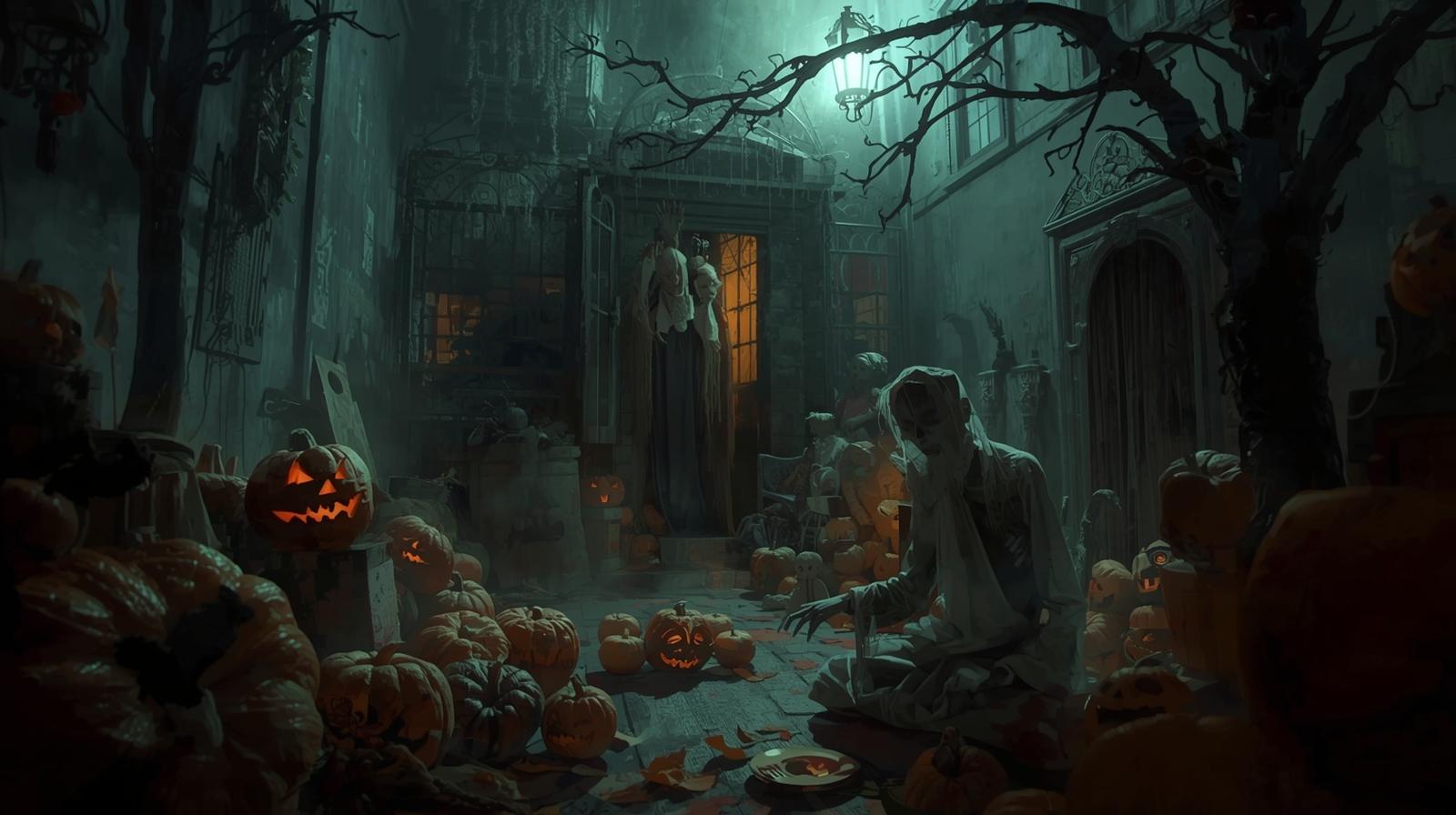
Alright, friend—if your turkey is still chilling in the freezer like it’s on vacation, today is the day it needs to come out. Frozen turkeys need around 24 hours of thawing time for every 4–5 pounds when thawing in the refrigerator. So if yours is around 16 pounds, you’re looking at about four full days. That means it should already be thawing, starting now, not Wednesday morning when it’s still an icy bowling ball.
Here’s a quick guide:
8–12 lbs = 2 to 3 days
12–16 lbs = 3 to 4 days
16–20 lbs = 4 to 5 days
20–24 lbs = 5 to 6 days
Set it breast-side-up in a pan or tray to catch drips so you’re not mopping up turkey juice later.
Make a Menu Before the Madness Begins
Now is the perfect time to finalize what’s actually being served. Turkey is the star, but what else? Dressing or stuffing? Mac and cheese? Mashed potatoes? Cranberry sauce (from scratch or in that fancy ridged can)? Once you know, you can make your shopping list and catch what you forgot—like butter, foil, cooking twine, poultry seasoning, or that one spice you only buy once a year. And yes, check your coffee, too. Holiday mornings run on caffeine.
Desserts Love Being Made Early
Pumpkin pie, pecan pie, sweet potato pie, and even cheesecakes can all be made a day or even two ahead. They usually taste better the second day anyway. Wrap them well and store in the fridge. You’ll thank yourself later when your oven is taken over by stuffing and casseroles.
Spread the Work—Seriously, You Don’t Have to Do It All
Ask people to help. Let someone bring drinks and ice. Assign someone the green bean casserole. Have someone else handle table settings or bring store-bought rolls because, let’s be honest, nobody complains about Sister Schubert rolls.
People WANT to contribute—give them a job before they show up with just one lonely bag of chips.
Create a Little Flavor Station
Set aside a small space for salt, pepper, garlic and onion powder, sage, rosemary, thyme, paprika, butter, olive oil, and whatever else you use a ton of on Thanksgiving. That way you’re not digging through cabinets with oily fingers during chaos hour.
Get Your Serveware Out Now
Pull out that gravy boat you only use once a year. Grab the ladles, big serving spoons, pie servers, casserole dishes, trays, and cutting boards. A fun trick—label each dish with a sticky note: Stuffing goes here, mashed potatoes here, sweet potato casserole there. Helps a lot when guests ask how to help set things out.
Clean Out the Fridge (Yes, Really)
Future You will be so happy you did. You need space for thawing turkey, desserts, trays, and leftovers. Toss the mystery container from last week and clear off a shelf or two. It’s the calm before the stuffing storm.
Last Reminder: You’ve Got This
Thanksgiving doesn’t have to be picture-perfect. It just has to feel warm, welcoming, and mostly edible. Getting ahead now gives you less stress, more time to enjoy, and fewer panic moments wondering why the turkey is still frozen on Thursday morning.
Thaw the turkey today. Make the menu. Prep a little. Laugh a lot. And remember—people care more about being together than having perfect linens or homemade cranberry sauce.
Lisa Crow contributed to this article. She is a true crime junkie and lifestyle blogger based in Waco, Texas. Lisa is the Head of Content at Gigi’s Ramblings and Southern Bred True Crime Junkie. She spends her free time traveling when she can and making memories with her large family which consists of six children and fifteen grandchildren.

